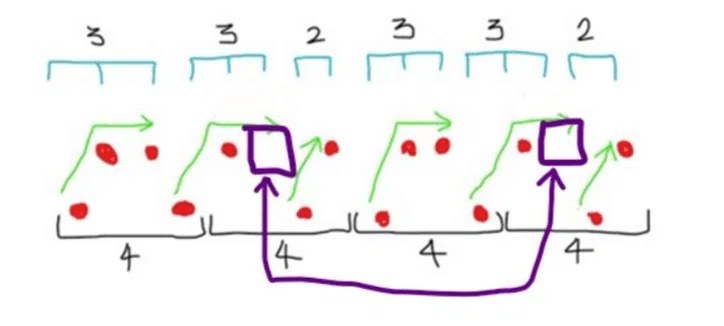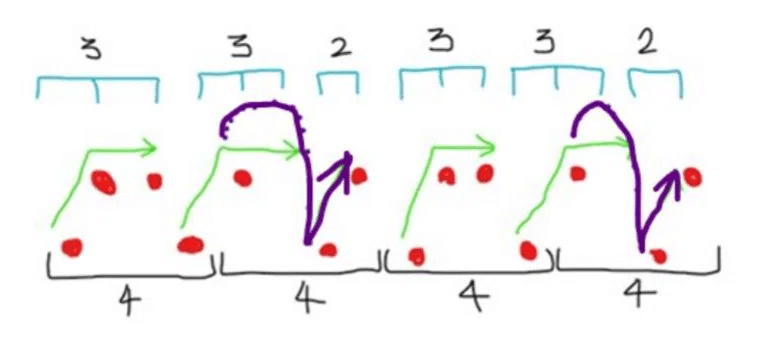
Michael Jackson Once Tried to Purchase a Japanese Song as His Own
The following article is an English translation of a contribution to a Japanese web magazine marking the fifteenth anniversary since Michael Jackson's passing.
Japanese Yellow Magic Enthralled Both White and Black Audiences in the U.S.
Today, June 25, 2024, marks the 15th anniversary of Michael Jackson's passing.
Among Japanese pop music lovers, it is still sometimes mentioned that Michael Jackson once found a Japanese pop song so exciting that he wanted to cover it for his album "Thriller" (1982). This song, "Behind the Mask" (1979), was originally composed by Ryuichi Sakamoto (1952-2021) during his early days as a commercial jingle writer and was later completed as a track for the electro-pop band Yellow Magic Orchestra (YMO).
During YMO's initial American tour, the band members including Ryuichi were bewildered by the enthusiastic reception of the song by both white and black audiences.
The original song, with its mechanically constructed melody and philosophical, even pedantic lyrics written by a British writer residing in Japan, was something of an enigma. However, as you can tell from Michael Jackson's rewritten lyrics and energetic singing, this piece had an element that resonated deeply with American audiences as hot rock and roll (R&R).
Below is the opening of this song, transcribed into sheet music.
Sequence ①
As this sequence is repeated, the following pattern starts to layer...
Sequence ②
The drum pattern overlaps...
Sequence ③
And when this melody is played...
Sequence ④
Here is how the four sequences are played simultaneously.
"The white and black audiences got excited by this," said Ryuichi. "It seems 'Behind the Mask' had something that resonates with their natural sense of R&R that we Japanese don't quite grasp. It's like something foreign that we can't comprehend."
Analyzing the R&R Spirits in "Behind the Mask"
Although he may not have realized it throughout his life, the R&R magic of "Behind the Mask" can be explained through an analysis like this.
Let's start with the introduction, Sequence ①.
Sequence ➀

The foundation is a 4-beat measure, with an accent on every three, three, and two half-beats.
Now, let's add Sequence ②.
Sequence ②

Again, the foundation is a 4-beat measure, with a 3:3:2 pattern repeating. But, take a closer look. There are gaps where the sound drops out (highlighted in purple).

These gaps are like sections where ceiling panels have been removed.

A ball thrown up through these gaps eventually falls back down due to gravity and bounces back up with residual energy.

It shows that the 4-beat structure (even) is shaken by the 3-beat accents (odd), and then it returns to the even structure with the 2-beat accents.
Next, the drums come in.
Sequence ③

This also follows a pattern of 2, 3, 2, 3 — an alternation of even and odd beats.
Then here is the main melody.
Sequence ④

This sequence is designed so that the odd "3" accents mix into the even "4" beats.
When all four sequences are played simultaneously, what do we get?

You can clearly see how the odd "3" beats bounce differently across each sequence layer within the even "4" beat structure, creating a fascinating interplay.
"I guess you guys aren't ready for that yet."
Suddenly, I’d like to discuss the movie "Back to the Future."
There’s a scene where the protagonist, having found himself in a 1955 town, performs "Johnny B. Goode" at a high school dance, three years before its actual release, sending the crowd into a frenzy.
For those familiar with rock and roll history, this sequence is deeply poignant. Originally crafted by black musicians interpreting white music through their own lens, it was later reinterpreted by white musicians, birthing a new sound. This sound, in turn, was embraced by black musicians, transcending racial boundaries to form the new genre of rock and roll. This historical exchange is encapsulated in the dance scene.
"Johnny B. Goode," which the protagonist excitingly sings and plays in the film, maintains a lively 3-beat rhythm while adhering to an overarching 4-beat structure.
It’s a song that seems to capture, through its music, the spirit of black musicians joyously navigating a predominantly white society. It is intriguing how "Johnny," a pivotal milestone in rock and roll, and "Behind the Mask," composed by Ryuichi Sakamoto, a young keyboardist from a lesser-known Japanese electro-pop band, shared a similar harmony concept between "4" and "3."
Besides, there’s another shared genetic trait evident: the disruption of major and minor keys.
Blue Note Scale behind the Mask
Let's take the sounds used in "Behind the Mask" and translate them into a sequence of notes.
At first glance, this scale may appear mysterious, suggesting it could be either major or minor.
However, it's actually based on the very common seven-note scale below.
As you can hear, this scale is minor.
But if you raise the third note from the left by a half step (♯)...
You'll notice that the first half of the sequence suddenly sounds cheerful (major).
If you also raise the seventh note by a half step (♯)...
The sequence begins major, shifts to minor in the middle, and ends back in major.
Furthermore, raising the sixth note by a half step (♮)...
Transforms it entirely into a major scale.
Let's apply these insights to the sounds used in "Behind."
It's a scale that defies easy categorization as either minor or major.
When creating "Behind," Ryuichi was inspired by the guitar skills of two other band members and fascinated by the challenge of replicating guitar techniques on a keyboard.
Speaking of electric guitar, rock typically employs conventional harmonic progressions, one of which "Behind" utilizes.
If you play guitar, you'll understand that playing the second note from triad chords like "Do Mi Sol" or "Fa La Do" can be quite challenging. Hence, especially with electric guitar, it's common to simplify to two-note harmonies, leveraging the song's momentum.
This is known as "fifth harmony." For example, with "Do Sol," you can place "Mi" in the middle or...
You can even place a half step lower, "Mi♭," and it still harmonizes.
Now, let's revisit the earlier mentioned minor scale.
Within this scale, there exists a fifth harmony called "La Mi." Try playing it in the lower register (as accompaniment)...
A "Do♯," which doesn't naturally occur in the minor scale, subtly emerges in your ear.
This phenomenon can be explained by the acoustic physics concept of the natural overtone series; those interested should explore it further. Similarly, try playing "Mi Ti" in the lower register...
Once again, a "Sol♯," which isn't part of the minor scale, softly resonates.
Using this technique, a sequence that should adhere strictly to a minor scale...
Can be perceived as both major and minor, maintaining coherence—essentially creating the same magic as "Johnny B. Goode."
Musical rules were refined in Europe, meaning the white world. Skillfully maneuvering through these rules with the hidden trick of fifth harmony...
In the posthumous PV of "Behind the mask," Michael removes his mask and smiles towards the end—a wink from the King of Pop left for us.
Michael passed the baton to Eric Clapton
Rock and Roll emerged as a musical space where white and black people could coexist briefly. However, it faced backlash from the white conservative community, leading to a loss of momentum. In reaction, "rock" continued to evolve independently. The harmonic progression introduced earlier in "Behind" marked a significant development as rock diverged from Rock and Roll and gained autonomy.
As an Asian, the composer was exposed to Bach's counterpoint from a young age, a strong influence evident in "Behind." He learned classical music composition at Tokyo University of the Arts. A young, unknown Japanese musician, he challenged himself to learn rock music on his own terms.
Michael recognized the essence of Rock and Roll in this song. In 1986, Eric Clapton, a skilled rock guitarist, covered it, capturing the soul of rock. This sequence of events is not only fascinating in music history but also in American popular culture.
Later, Ryuichi uttered that he was wondering whether Clapton knew the original version of "Behind" was Japanese. He seemed not to realize that Clapton's use of a Chinese-style gong at the song's start suggested homage to the Japanese composer. Despite moving to New York in 1990 and immersing himself in the U.S. music market, the composer, rooted in strict classical training, never fully comprehended or absorbed these musical reactions in his lifetime, a true regret.
Incidentally, a biographical film about Michael Jackson will be released in the United States next April. Its release in Japan remains undecided, but viewing it with these analyses and commentaries in mind could deepen its impact, akin to "Oppenheimer."
この記事が気に入ったらサポートをしてみませんか?
